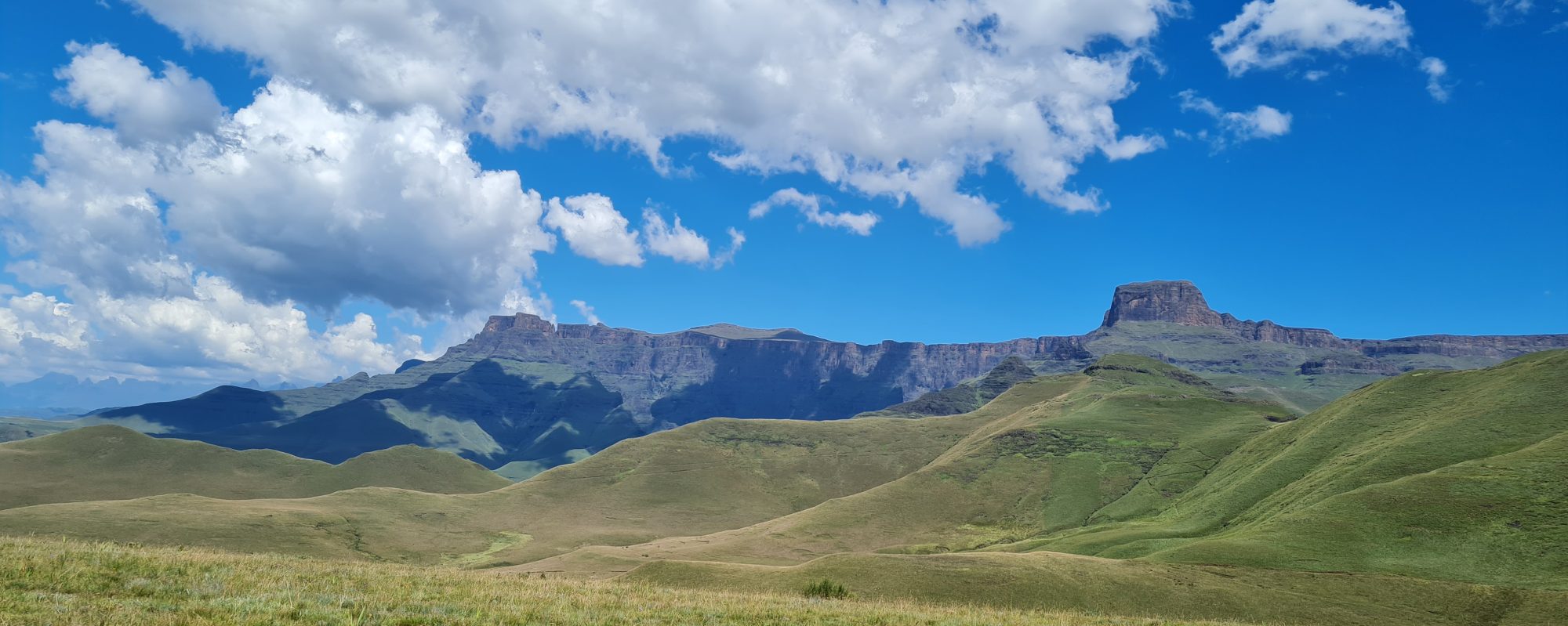
Introduction to Drakensberg’s Unique Flora and Fauna. A key World Heritage Site factor
A significant portion of the Drakensberg contains a World Heritage Site. An area of 250,000 hectares. This destination received World Heritage Site status on two counts. Firstly, due to the Drakensberg’s unique flora and fauna. Some 2,500 plant species exist in the Drakensberg. Some 350 are endemic and over 500 near-endemic. Furthermore, ten unique vertebrate species exist here. Secondly, it received this accolade due to the more than 30,000 examples of San rock art found in this area.
Groundbreaking research
Ezemvelo KZN Wildlife undertook a study to document and describe the alpine flora and various focal faunal populations (taxa) on six isolated peaks. A total area of 31.9 hectares. These peaks were 3000 metres or higher in the uKhahlamba-Drakensberg Park World Heritage Site, South Africa. The study took place in the early summer of 2005. The research revealed a total of 341 invertebrate individuals representing 61 species.
The 61 species recorded consisted of two species of the worms (Oligochaeta), one species from snails and slugs (Gastropoda) and 58 species of insects. The study revealed eleven species (a worm and ten insects) endemic. Furthermore, 11 species (one worm and ten insects) are probably endemic to the Drakensberg Alpine area, constituting 36.1% of the total species recorded. The results revealed that the Drakensberg Alpine area is a centre of uniqueness or endemism for invertebrates.
Birds, mammals and reptiles
Moreover, there is a range of birds in the Drakensberg. This beautiful mountain range is home to almost 40 percent of all non-marine bird species in Southern Africa, with 299 recorded species. The Mountain Pipit is endemic. Additionally, six other species (the Bush Blackcap, Drakensberg Rockjumper, Yellow-breasted Pipit, Buff-streaked Chat, Drakensberg Siskin and Rudd’s Lark) are mainly located in this region. Significantly, the Cape Vulture, wattle crane, vulture and Lesser Kestrel, both endangered, are also found in these mountains, as is the Bald Ibis.
Moreover, several buck species in the Drakensberg. Firstly, the Common Duiker, the Klipspringer, the Eland, the Bushbuck, the Rhebuck, the Mountain Rhebuck and the tiny Oribi. Additionally, common wildlife includes the Rock Hyrax or Dassie, the Chacma Baboon. Extremely rare is the leopard.
Fortunately, only three dangerous species of snake live in this area. These are the Rinkhals, the Berg Adder and the Puff Adder. But their bites are rarely fatal. But medical attention should be sought if bitten by one of these reptiles. The Drakensberg Dwarf Chameleon or Bradypodium dracomontanum is endemic to the Drakensberg.
Three unique frog species (the Phofung River Frog, Drakensberg River Frog and the Maluti River Frog) live on the high slopes of the Drakensberg. Additionally, much exciting fish in the rivers. The Forest Rain Frog is endemic to the lower areas of the Drakensberg, while the Long-toed Tree Frog, Rough Rain Frog, Plaintive Rain Frog and Poynton’s Caco are found mainly in this area. Eighteen species of lizard, six of which are endemic and seen in this area ( see Drakensberg’s Frogs).
Plants
Some common plants that tourists will come across in this area include proteas, the Tree Fern, cycads and Yellowwood Trees. Additionally, Red Grass Ericas and Red Hot Pokers. The flora of the Drakensberg is generally described as being Afro-montane in the Little Berg foothills and Afro-alpine on the summit. The lower Drakensberg also forms part of South Africa’s critical grasslands biome.
The Drakensberg Afro-alpine region of southern Africa supports various angiosperms or vascular flowering plant species. Its complement of 2520 native angiosperms is comparable with the native floras of northern hemisphere countries such as Germany or Switzerland and is almost double that of Great Britain. This area supports some 334 endemic and 595 near-endemic angiosperms.
Drakensberg Trees:

